Curtains draw open, lights dim, and the silver screen comes to life – the movie theater experience is a cherished tradition that has captivated audiences for decades. But behind the captivating magic of the big screen lies the intricacies of running a movie theater, where financial considerations play a vital role in the theater’s success.
In this article, we’ll unpack the behind-the-scenes journey to explore the financial aspects of running a movie theater.
How Much Does It Cost to Run a Movie Theater?
Establishing a movie theater in the USA demands substantial investment, with an average opening cost exceeding $1.5 million. Several factors contribute to this figure, including franchise fees, which typically amount to around $150,000.
Real estate expenses can reach up to $30,000 per month, while professional services may vary between $5,000 to $15,000. Furthermore, the monthly operating costs of running the theater fluctuate significantly based on its size, ranging from $30,000 to $180,000.
These figures underscore the intricacies and financial commitment involved in this cinematic venture.

What Determines the Cost of Running a Movie Theater?
The Size of Movie Theater
Larger theaters come with higher expenses due to their expanded capacity, necessitating more considerable investments in construction, maintenance, and utilities.
Additionally, larger spaces require more staff to manage operations effectively. On the other hand, smaller theaters tend to have lower upfront costs and operational expenses, making them a viable option for those on a tighter budget.
However, their reduced capacity may impact potential revenue. Striking the right balance between theater size, audience demand, and financial resources is crucial for theater owners to ensure profitability and success in the competitive entertainment industry.
The Choice of Location
Prime locations in bustling urban centers or high-traffic areas often command higher leasing or purchasing costs, directly impacting the initial investment. However, such locations can offer the advantage of a larger potential audience and increased footfall, leading to higher revenue opportunities.
On the other hand, selecting a less central or remote location might lower the upfront expenses but could result in reduced audience reach and ticket sales.

Theater owners must carefully analyze the trade-offs between location costs, accessibility, and potential customer base to make informed decisions that maximize profitability and long-term success.
The Required Licenses and Permits
The process involves various regulatory requirements, such as building permits, fire safety inspections, health permits, and entertainment licenses. These legal obligations come with associated fees, which can vary depending on the jurisdiction and the scope of the theater’s operations.
Additionally, complying with licensing norms might necessitate specific infrastructure or equipment upgrades, further adding to the initial expenses. Ensuring full adherence to all legal prerequisites is not only essential for smooth operations but also prevents potential fines or closures.
Proper planning and budgeting for licenses and permits are vital to avoid unexpected financial burdens and maintain a thriving cinematic venture.
The Type of Facility
The options range from single-screen theaters to multiplexes with multiple screens. A single-screen theater generally requires lower upfront investments in terms of construction and equipment, but it might limit the potential audience and revenue streams.
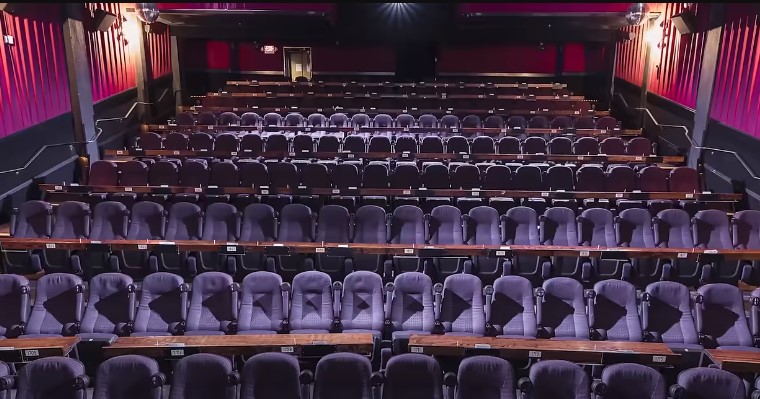
On the other hand, a multiplex necessitates higher initial expenses due to its larger scale, advanced projection systems, and additional amenities like concessions and comfortable seating.
Despite the higher upfront costs, multiplexes often have the advantage of hosting multiple screenings simultaneously, catering to diverse audience preferences, and generating more substantial ticket sales.
The type of facility chosen directly affects the overall profitability and market competitiveness of the movie theater, making it a critical aspect for owners to consider carefully.
Hiring and Paying a Business Consultant and Attorney
Enlisting the expertise of a business consultant aids in developing a well-thought-out business plan, conducting market research, and making informed decisions that can lead to higher chances of success.
While their services come with a cost, the value they bring can be significant in navigating potential pitfalls and optimizing operations. Additionally, hiring an attorney is essential for handling legal matters, contract negotiations, and ensuring compliance with complex regulations, thereby safeguarding the theater’s interests.

Although these professional services incur expenses, their guidance is indispensable in establishing a solid foundation for the theater and avoiding costly legal complications down the line.
Branding, Promotion, and Marketing of the Movie Theater
Establishing a distinctive brand identity and creating a strong online and offline presence requires investment in graphic design, logo development, and signage. Promotional activities like special events, contests, and tie-ins with distributors incur expenses but are vital in attracting and retaining audiences.
Additionally, effective marketing campaigns through various channels like social media, print media, and radio, involve advertising costs.
Allocating a significant budget to these initiatives is crucial to increasing the theater’s visibility, building a loyal customer base, and boosting ticket sales, ultimately contributing to the overall success and profitability of the movie theater.
Furnishing and Equipping the Movie Theater
The initial investment in high-quality seating, projection equipment, sound systems, and concession stands is essential to provide a comfortable and enjoyable movie-watching experience for patrons.
Upgrading to modern technology and amenities may incur higher upfront costs but can lead to increased customer satisfaction and repeat business. Additionally, regular maintenance and repair expenses for equipment are crucial to ensure uninterrupted operations and uphold the theater’s reputation.

Striking the right balance between investing in top-notch facilities and managing ongoing maintenance costs is vital for a movie theater to stay competitive and thrive in the ever-evolving entertainment industry.
Insurance
The theater owner must invest in various insurance policies to protect against potential risks and liabilities. General liability insurance is essential to cover accidents or injuries that may occur on the premises, while property insurance safeguards the theater’s physical assets from damage or loss.
Moreover, specific coverage for equipment breakdown, cyber liability, and liquor liability (if applicable) may also be necessary. The cost of insurance premiums varies based on factors such as the theater’s location, size, and history of claims.
Allocating a budget for comprehensive insurance coverage ensures financial security and safeguards the theater’s long-term viability in the face of unforeseen events.
Supplies and Ongoing Expenses
Regular operational needs like film prints, concessions, cleaning supplies, and utilities require consistent budget allocation. Concession supplies, such as snacks and beverages, can influence both revenue potential and expenses.
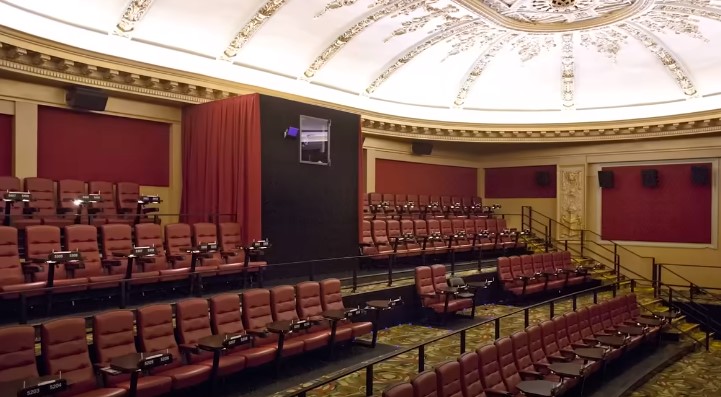
Additionally, utilities, including electricity, heating, and cooling, contribute to monthly overheads. As technology advances, investing in upgraded projection systems and audio equipment may be necessary to stay competitive.
Moreover, ongoing marketing and promotional efforts, staff wages, and facility maintenance expenses are vital to uphold the theater’s reputation and attract audiences.
Accurate budgeting for these essential supplies and continuous expenses is essential for the theater’s financial stability and long-term success in the industry.
Recruiting and Training of Staff
Hiring a skilled and dedicated team is essential for providing excellent customer service and maintaining the theater’s reputation. The process involves expenses related to advertising job openings, conducting interviews, and performing background checks.
Once employed, staff training becomes crucial to ensure they are well-versed in theater operations, customer interactions, and safety protocols. Allocating resources for ongoing staff development can lead to increased employee satisfaction, reduced turnover, and enhanced overall efficiency.

Investing in a capable and knowledgeable workforce is integral to creating a positive movie-going experience, fostering customer loyalty, and ultimately contributing to the theater’s success in the competitive entertainment market.
Purchasing and Customizing of Uniforms for the Employees
Providing a professional and cohesive appearance for the staff contributes to a positive customer experience and enhances the theater’s brand image.
The expense of purchasing uniforms, which includes shirts, pants, or other attire, should be factored into the initial budget.
Customizing the uniforms with logos or brand colors further adds to the cost. However, investing in well-designed uniforms instills a sense of pride and unity among the staff, promotes a consistent brand identity, and fosters a welcoming atmosphere for moviegoers.
Careful consideration of uniform options and expenses is crucial in shaping the theater’s overall image and building a loyal customer base.
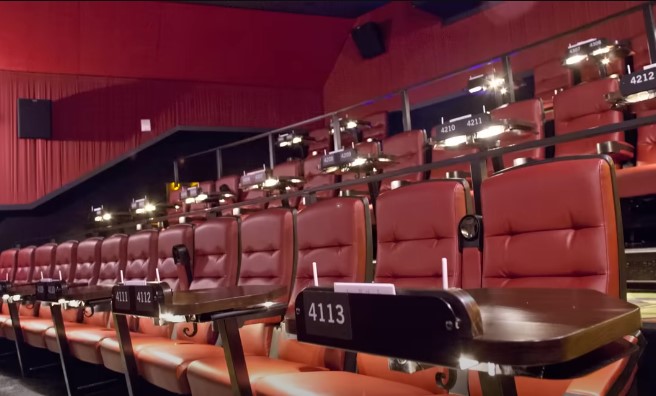
How to Market a Movie Theater?
Marketing plays a pivotal role in driving success and profitability for a movie theater. To attract and retain audiences amidst intense competition, theater owners must develop a robust and targeted marketing strategy.
Below are the various marketing approaches and techniques to effectively promote a movie theater.
Understanding the Target Audience
The first step in any successful marketing campaign is to understand the target audience. Identifying the demographics, preferences, and behaviors of potential moviegoers helps tailor marketing efforts to their specific interests.
Conducting market research and analyzing customer data can provide valuable insights into audience preferences and expectations, enabling theater owners to create relevant and engaging promotional content.
Creating an Online Presence
In the digital age, establishing a strong online presence is crucial for any business, including movie theaters. Building a user-friendly and visually appealing website is essential, as it provides information about movie schedules, upcoming releases, and special events.

Active engagement on social media platforms like Facebook, Twitter, and Instagram enables theaters to connect with their audience, share updates, and respond to feedback.
Leveraging online advertising through platforms like Google Ads and Facebook Ads can expand the reach of promotional campaigns and target specific audience segments effectively.
Leveraging Email Marketing
Email marketing remains an effective tool for engaging with both new and existing customers. Collecting email addresses from visitors allows theaters to send personalized content, such as movie recommendations, exclusive offers, and upcoming event notifications.
Creating a regular newsletter or email campaign helps maintain a consistent connection with the audience and fosters a sense of loyalty.
Partnering With Film Distributors
Collaborating with film distributors can strengthen the theater’s marketing efforts. Partnering with major studios or independent distributors can lead to exclusive screenings, promotional tie-ins, and early access to popular films.

Leveraging these partnerships in marketing materials and advertising campaigns can attract movie enthusiasts looking for unique and special movie experiences.
Host Special Events and Promotions
Hosting special events and promotions can generate excitement and drive foot traffic to the theater. Themed movie nights, premieres, and celebrity appearances can create buzz and draw in audiences.
Offering promotions like discounted tickets, concession deals, or loyalty programs incentivizes repeat visits and encourages word-of-mouth marketing.
Engaging With the Local Community
Engaging with the local community can help create a sense of belonging and loyalty to the theater. Participating in local events, sponsoring community activities, or collaborating with schools and organizations can foster goodwill and positive brand recognition.
Supporting charity initiatives and fundraisers can also enhance the theater’s reputation as a responsible and community-oriented business.
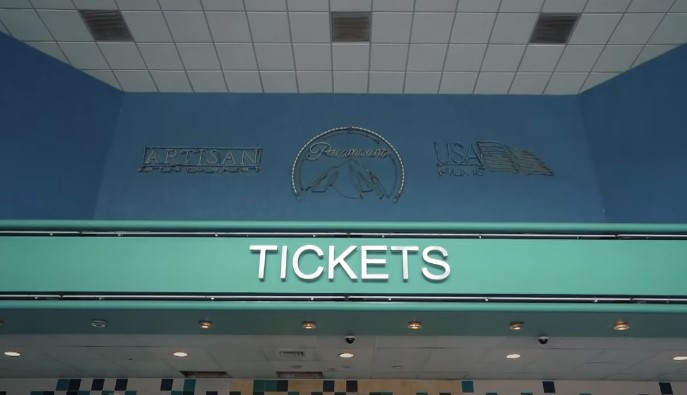
Utilizing Influencer Marketing
Influencer marketing is a powerful tool to reach a wider audience, especially among younger demographics. Partnering with local influencers, bloggers, or content creators who have a substantial online following can boost brand visibility and credibility.
Influencers can promote the theater through social media posts, reviews, and vlogs, reaching their audience and generating interest in the theater.
Investing in Mobile Marketing
As mobile usage continues to surge, investing in mobile marketing strategies is essential. Mobile apps and optimized websites facilitate easy ticket bookings, exclusive offers, and personalized recommendations.
Implementing location-based advertising can also target potential moviegoers in the vicinity of the theater, increasing the likelihood of spontaneous visits.
Monitoring and Analyzing Marketing Efforts
Monitoring and analyzing the effectiveness of marketing efforts is critical to optimizing strategies and allocating resources efficiently. Utilizing web analytics, social media insights, and customer feedback provides valuable data on campaign performance and audience engagement.

Adjusting marketing tactics based on the collected data allows theaters to continuously improve their promotional efforts.
Creating Memorable Experiences
Beyond traditional advertising, providing memorable experiences is a powerful marketing tool. Ensuring excellent customer service, maintaining clean and comfortable facilities, and offering unique amenities like premium seating or dining options can differentiate the theater from competitors and create a positive reputation through word-of-mouth [1].
Can a Movie Theater Business Be Bootstrapped on a Lean Budget?
A movie theater business can be bootstrapped on a lean budget, but it requires careful planning, strategic decision-making, and a focus on cost-saving measures.
While the initial investment in establishing a movie theater can be substantial, there are several approaches to minimize expenses and run the business efficiently.
Opt for a Small-Scale Theater
Instead of aiming for a large multiplex, consider starting with a small-scale theater. Smaller theaters require less upfront capital for construction and equipment, and they come with lower operational costs.
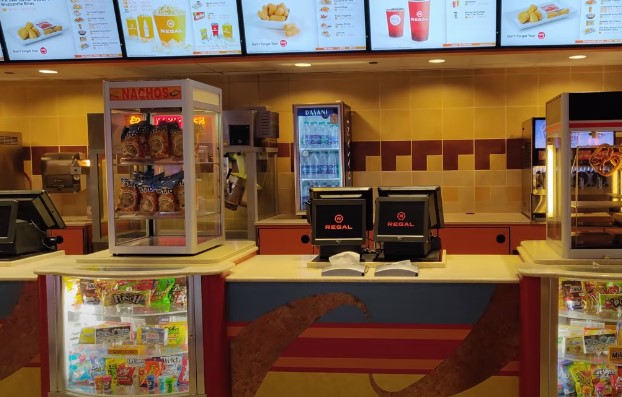
Starting with fewer screens and seats allows the theater to cater to a niche market or a specific audience segment, reducing the financial burden.
Lease Instead of Purchasing
Opting to lease the theater space instead of purchasing it outright can significantly reduce initial expenses. Leasing provides flexibility and avoids tying up a substantial amount of capital in real estate.
Negotiating favorable lease terms is essential to keep ongoing expenses manageable.
Minimalist Interior and Design
Embrace a minimalist interior design that is both cost-effective and appealing. Utilize cost-efficient materials and decorations while maintaining a comfortable and welcoming atmosphere.
Focus on creating an excellent movie-watching experience without overspending on unnecessary luxuries.
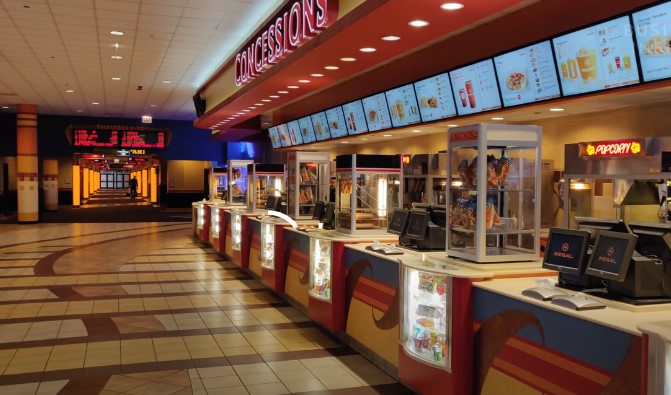
Second-Hand Equipment and Furniture
Consider purchasing second-hand or refurbished projection equipment, seating, and concession stands. This can save a considerable amount compared to buying brand-new items, while still providing a satisfactory experience for customers.
DIY Marketing and Promotion
Utilize digital marketing and social media platforms for cost-effective promotion. Creating and managing online campaigns in-house can be more budget-friendly than hiring marketing agencies.
Engaging with the local community and partnering with nearby businesses can also help increase visibility without significant expenses.
Lean Staffing and Cross-Training
Keep staffing costs in check by adopting a lean workforce. Cross-train employees to handle multiple tasks, reducing the need for hiring specialized personnel. Additionally, hiring part-time staff or students can offer flexibility and cost savings.
Screening Classic and Independent Films
Instead of exclusively showing blockbuster movies, consider screening classic films or independent productions with lower licensing costs. This can appeal to a specific audience and differentiate the theater from larger multiplexes.

Negotiate With Film Distributors
Negotiate with film distributors for favorable terms and deals, especially for smaller, less expensive films. Building good relationships with distributors can lead to better deals and more flexibility in programming.
Continuous Cost Monitoring and Optimization
Regularly monitor expenses and identify areas where costs can be optimized. Analyze ticket sales data, concession revenue, and overall operational expenses to make informed decisions that keep the budget in check.
Seek Local Support and Sponsorships
Approach local businesses for sponsorship or co-promotion opportunities. Collaborating with nearby restaurants or entertainment venues can benefit both parties and provide additional resources for marketing or event organization.
Conclusion
Running a movie theater entails a complex financial landscape with diverse expenses.
From initial construction and equipment costs to ongoing operational, marketing, and staffing expenses, a successful theater owner must carefully plan, budget, and optimize to strike the right balance for profitability and audience satisfaction.

